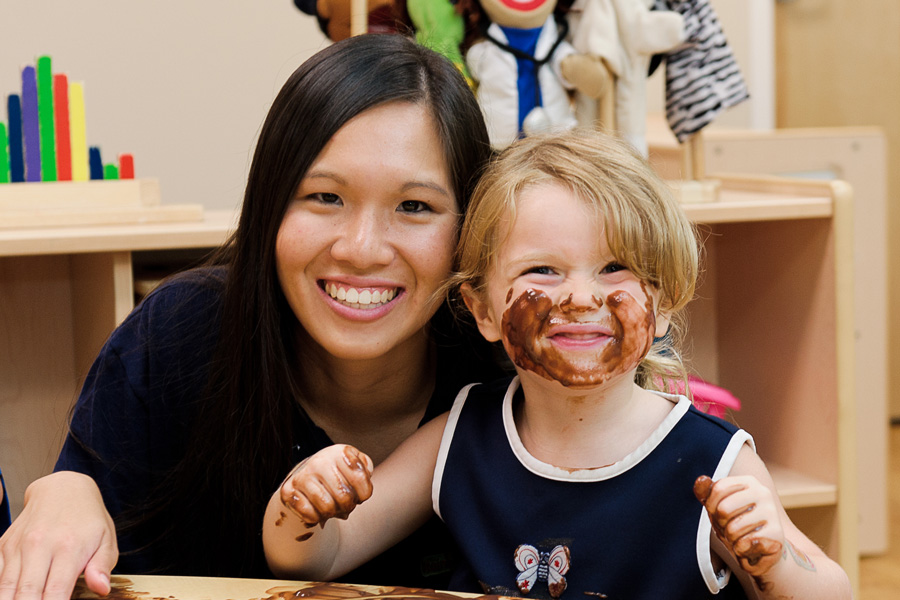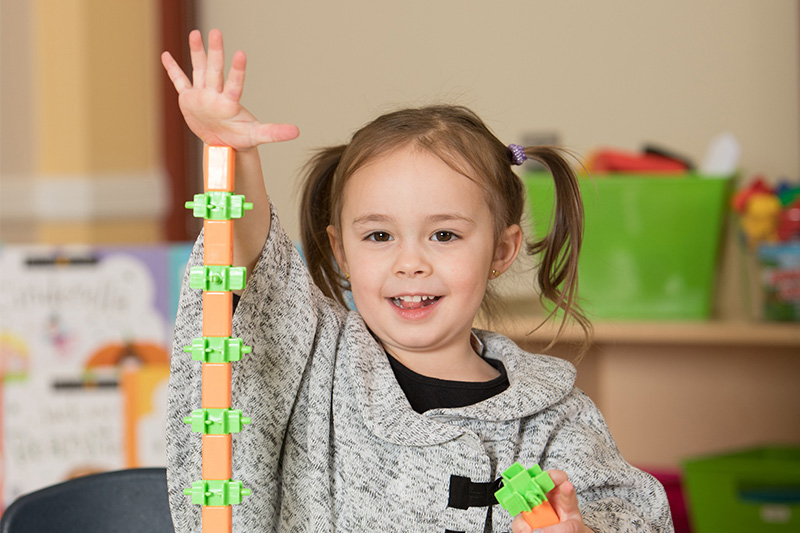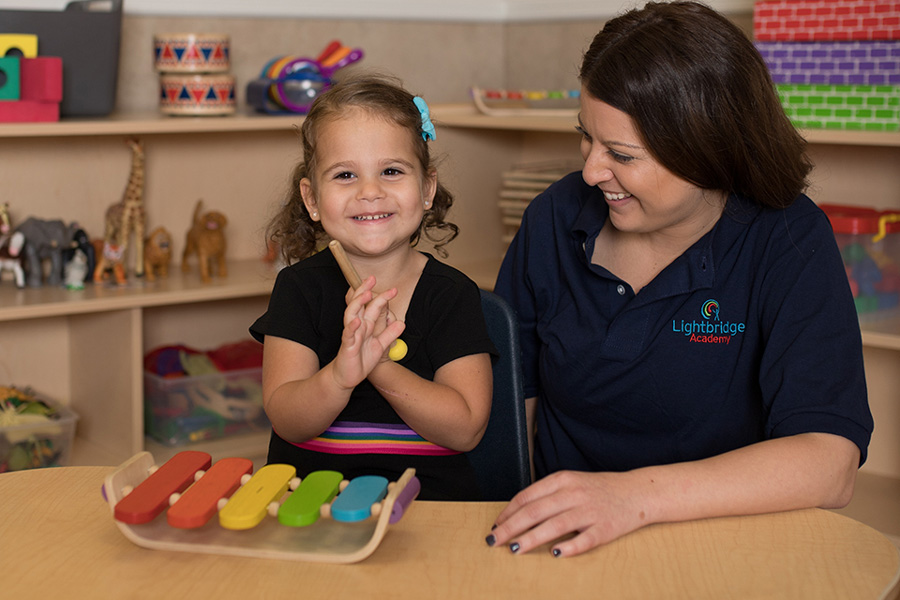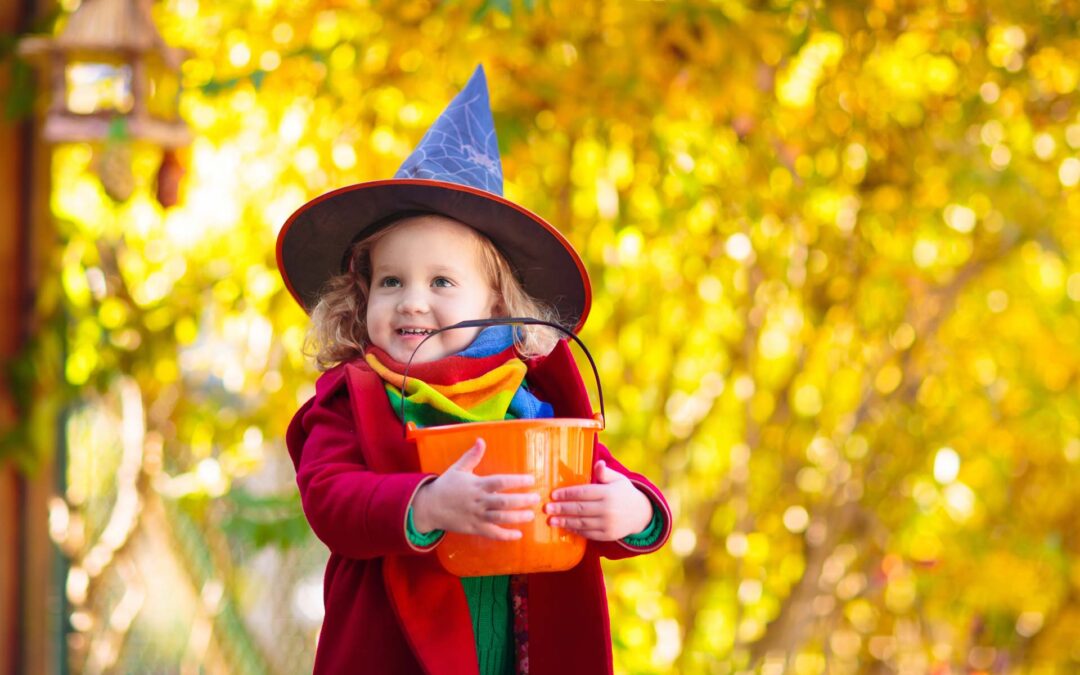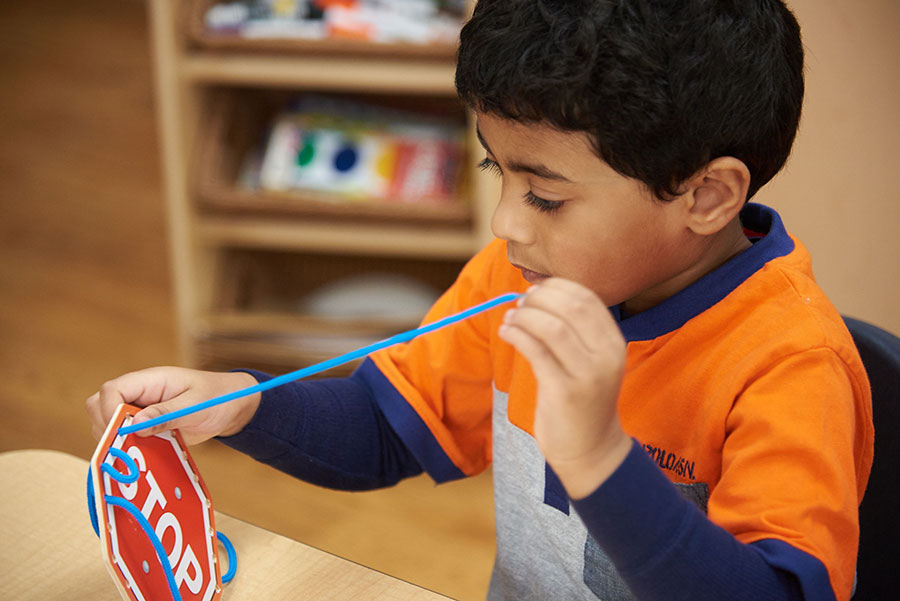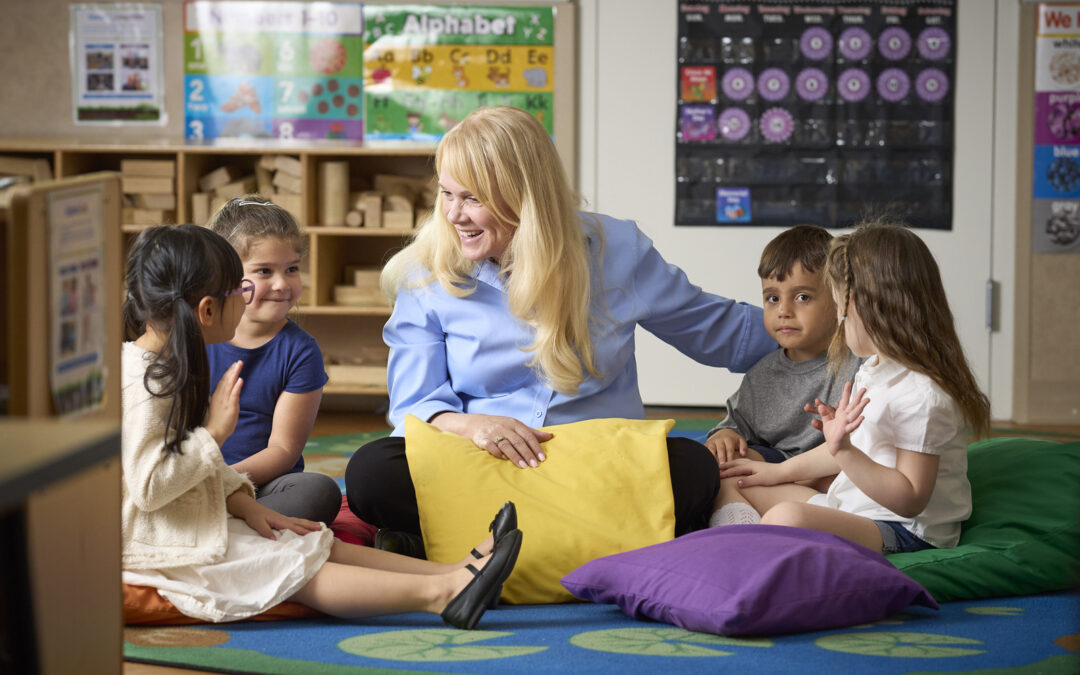The early years in a child’s life are emphasized as the most formative. Whether your child attends a reliable child care center or you raise your child at home, creativity development is a key element in nurturing happy, healthy children.
Creative development means helping children explore new ideas, skills, and ways of thinking. You can use creative activities for preschoolers like art and imaginative play. Explore the stages of creative development and what parents should know.
The Stages of Creative Development
As your child grows physically each year, they will also grow in their creativity. Generally, experts identify three stages of creative development in early childhood development.
1. Scribble Stage – 1 Year to 3 Years Old
During this initial stage, toddlers discover coloring by scribbling. It often results in disconnected lines and looping shapes. In addition to being fun, scribbling also helps children develop physical and cognitive abilities.
Physically, they’re learning how to grip the crayon using their fine motor skills. Cognitively, children discover that, when they press down on paper, the crayon makes a mark. Your child also gets to explore colors and learn that different utensils deliver different results.
2. Pre-Schematic Stage – 3 Years to 4 Years Old
Children at this age are starting to understand how to use drawing to interpret the world around them. They take inspiration from the objects in their surroundings, like a house or pet. During this stage, you’ll probably receive several artistic renditions of yourself and your family.
3. Schematic Stage – 5 Years to 6 Years Old
In this stage, young children are beginning to understand how to use shapes, colors, and space to create pictures. You’ll notice when your child begins differentiating the sky and the ground in their drawings. For example, Mom and Dad will be standing on the grass at the bottom of the page and not floating near the sun.
To promote their development, ask your child to create stories for their pictures, helping them link visuals with narratives. Incorporate imaginative play by turning their drawings into prompts for role-playing games or collaborative adventures.
H2: 10 Things Parents Should Know About Creative Development
Creative development is an essential part of early childhood growth. It shapes how children think, explore, and express themselves. Here are 10 things parents should know about creative development:
- Just like parents teach children to walk, you can also teach them to be creative.
- Children of all ages, even infants, benefit from creative experiences.
- By age three, many children start creating with intention.
- Creativity often peaks around age six.
- Encouraging creativity fosters a love for learning.
- Creativity thrives in unstructured and often messy activities.
- Creativity improves with practice and exploration.
- Everyday moments like snack time, walks, or listening to music can boost creativity.
- Experimenting with different materials sparks curiosity.
- Your enthusiasm can inspire your child’s excitement for creative play.
The Role of Imaginative Play
“Imaginative play” refers to make-believe activities where children pretend to be someone or something else, such as a superhero, a princess, or a chef. This type of play isn’t just fun—it’s foundational for cognitive, social, and emotional growth.
When children adopt pretend roles, they develop critical thinking skills as they navigate scenarios, decide how their character would behave, and solve imaginary challenges. For example, a child playing firefighter might figure out how to “rescue” a toy from danger.
Imaginative play also boosts language development. Taking on a persona involves using new vocabulary and expressive communication, such as adopting a heroic tone or imitating a character’s speech.
When playing with others, children learn social skills, such as cooperating, sharing, and following agreed-upon rules. Whether negotiating roles or resolving conflicts during a game, they practice regulating emotions and building empathy.
Creative Development At Home
From painting to making their own snacks with silly faces, there are so many creative activities for preschoolers! You know your children best. Incorporate their growing interests during creative time and introduce them to new things they’d enjoy. No matter which activity you’re doing, parents can focus on the following elements of creative development at home:
- Create opportunities for your child. Being intentional in setting a time for creativity goes a long way. Young children develop creativity using the everyday items around them for inspiration. You could also create opportunities to break the rules. Instead of using crayons to draw a picture, try finger painting in the mud!
- Be available and responsive. During independent play, it’s important to be available to your toddler. Spend time at a short distance, allowing them the opportunity to invite you into their playtime.
- Give time and space. There’s no schedule or structure to develop creativity in young children. Rushing your child from activity to activity will prevent them from having the time to tap into their potential.
How Lightbridge Academy Supports Creative Development
As a prominent child care center, Lightbridge Academy® offers a comprehensive approach to early child development. We use age-appropriate programs for children from six weeks to six years. Each program is designed with creative development in mind, including playtime, creative arts, and music.
One of our preschool parents said, “I asked my daughter what she did today and she said, ‘We visited a watering hole in Africa and watched the antelope!’ and then shared details. I am thrilled with how engaged she is with learning.”
Discover how Lightbridge Academy inspires young minds every day. Schedule your tour today!


